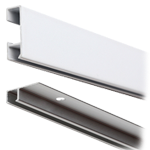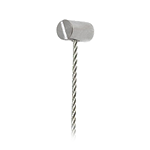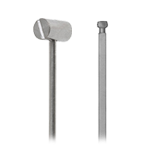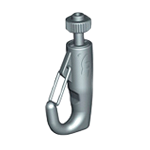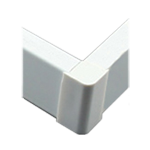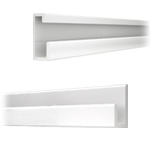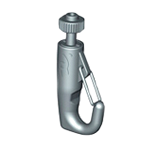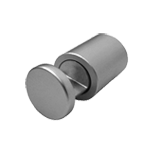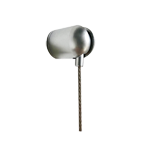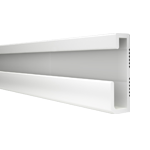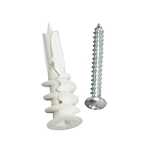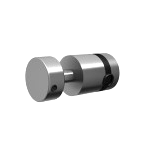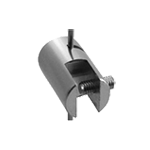5 Ways to Protect Historic Buildings That Are Transformed into Galleries and Museums
Many historic buildings double as museums and art galleries that showcase similar themes or time periods. But that use increases the risk of damage through daily wear and increased foot traffic. Using the right hardware can help keep some of that damage at bay. Here's how:
1. Don't hang anything from the walls.
Depending on the age of the building, it may be constructed from materials that are susceptible to crumbling and cracking. Many walls may be unable to handle the weight of displays altogether. So switch to display hardware that doesn't rely on the walls.
2. Pull the art away from the walls, too.
With hanging hardware and display materials, you can offset paintings and artifacts away from the wall entirely. This is important because authentic architecture is part of the visitors' experience, too. When materials are secured from the ceiling or stored in cabinets, visitors can examine the walls and there is a smaller overall risk of damage.
3. Cover the floors with time period rugs
Unfortunately, there's no easy workaround to keep visitors off the floors. But you can mitigate wear and stains by laying down carpets. Opt for period-authentic pieces, even if their replicas, to make the history of the building stay consistent and fun to experience.
4. Use hanging hardware that's weight-rated.
Hanging hardware creates a beautiful appearance once all of the displays are installed. But you may start to worry about the weight, especially if you're hanging three-dimensional pieces and artifacts Double-check the combined weight of all the materials and the hardware itself, and make sure the artifacts aren't rearranged into heavier combinations.
5. Add supports in the ceilings.
Just like old walls, old ceilings might not have the strength they use to. Have a structural engineer double-check the stability of the ceiling beams. Add supplemental supports as needed and hang the hardware from the newer replaceable materials instead as needed.
For the hardware to get started, go to Systematic Art here.

